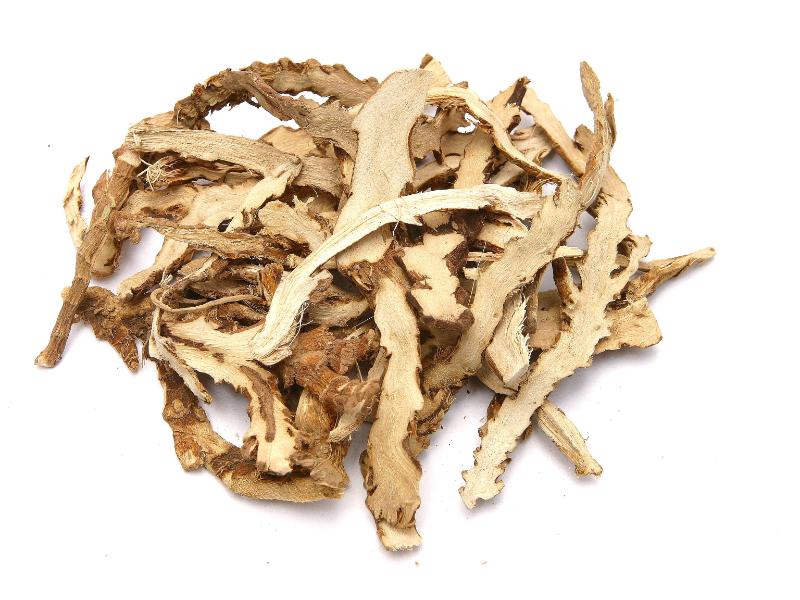Search in medicinals
Acori Tatarinowii Rhizoma
Acorus [root]
石菖蒲 〔石菖蒲〕 shí chāng pú

Alternate Chinese names: 昌本 chāng běn; 菖蒲 chāng pú; 昌阳 chāng yáng; 昌羊 chāng yáng; 石蜈蚣 shí wú gōng; 剑菖 jiàn pú
Kingdom: Plant
Origin in PRC Pharmacopoeia: Acorus tatarinowii Schott. (PRC Pharmacopoeia)
Origin in unofficial sources: Acorus tatarinowii Schott*; Acorus gramineus Soland. var. pusillus Engl.; Acorus gramineus Soland.
Use: Medicinal
Category: Orifice-opening agents
Properties: Bitter, acrid; warm.
Channel entry: Heart and stomach channels.
Actions and indications:
- Opens the orifices and quiets the spirit: Phlegm clouding the clear orifices, with clouded spirit or confused spirit-mind.
- Transforms dampness and harmonizes the stomach: Dampness obstructing the center burner, with distension, fullness, glomus, and congestion in the stomach duct and abdomen.
- Additional uses: Finally, shí chāng pú may be used to treat hoarse voice, wind-damp impediment pain,
welling- and flat-abscesses (yōng jū),scab , and lichen, and injury from knocks and falls.
Dosage and method: Oral: 5–10g in decoctions; double the dose if using the fresh form. It may also be used externally.
Warnings: Unsuitable in cases with yīn depletion, blood vacuity, seminal efflux, or profuse sweating. Shí chāng pú contains β-asarone in its essential oil, which has been shown to be carcinogenic as an isolated compound in animal studies. This compound is not very water soluble and shí chāng pú has long been considered safe for normal use.
Product description: This is a cylindrical, slightly crooked rhizome, 10–20 cm long and 0.3–1 cm in diameter. It often has branch roots. The exterior surface is brown with distinct nodes and triangular scars left by the leafstalk bases that form a crisscross pattern. Sometimes there are scaly hairs, and at the lower extremity, fine roots, or the scars left by them. This rhizome is hard and does not break easily. The decocting pieces are thin longitudinal slices that reveal the yellowish or grayish white color and fibrous texture of the wood.
Quality: The crude rhizome should be dry, fat, and clean of fine roots.
Production area: Sìchuān, Zhèjiāng, Jiāngsū.
Etymology: The name shí chāng pú 石菖蒲 is composed of three characters. Pú 蒲 denotes cattail-like plants; chāng 菖 interpreted as chāng 昌 means flourishing; shí 石, stone, suggests this plant's ability to grow on stony ground.
Back to search result Previous Next